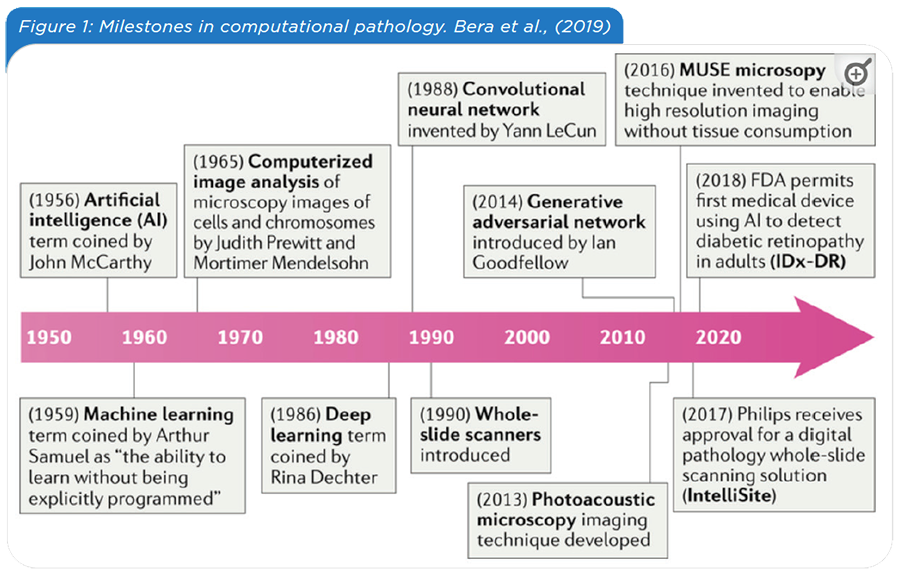a. Pre-1950s: Philosophers and mathematicians, like Alan Turing, ponder the idea of machines that think. Turing’s 1950 seminal paper, “Computing Machinery and Intelligence,” introduced the ‘imitation game,’ or Turing Test to determine machine intelligence. Offering a criterion for thinking, Turing proposed to consider the question “Can machines think?” using this test principle: If x plays Turing’s imitation game satisfactorily, then x thinks. He states the following:
- I believe that in about fifty years’ time it will be possible to programme computers, with a storage capacity of about 109, to make them play the imitation game so well that an average interrogator will not have more than 70 per cent, chance of making the right identification after five minutes of questioning. The original question, ‘Can machines think!’ I believe to be too meaningless to deserve discussion. Nevertheless I believe that at the end of the century the use of words and general educated opinion will have altered so much that one will be able to speak of machines thinking without expecting to be contradicted.

